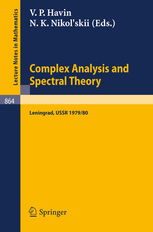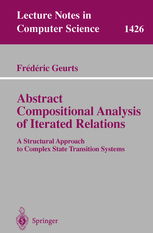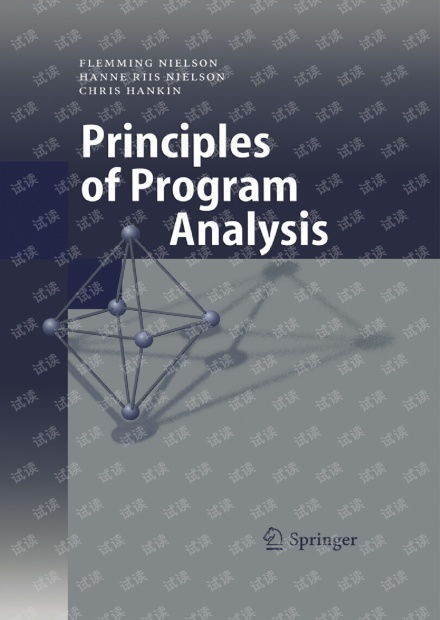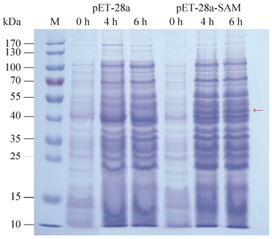Introduction

The study of chaos theory has been a significant area of research in mathematics and physics, particularly in the context of nonlinear dynamical systems. Chen's system, proposed by Chinese mathematician Shangyou Chen in 1989, is a classic example of a chaotic system. This article aims to analyze the hyper-chaos generated from Chen's system, exploring its characteristics, generation mechanisms, and implications in various fields.
Background and Definition of Hyper-Chaos

Chen's system is a three-dimensional autonomous dynamical system defined by the following equations:
[ begin{align}
x' &= alpha + beta x y,
y' &= -gamma x + x^2 - y^2,
z' &= delta + epsilon x z.
end{align} ]
where ( alpha, beta, gamma, delta, ) and ( epsilon ) are parameters. The system exhibits chaotic behavior for certain parameter values, leading to the generation of hyper-chaos, which is a higher-dimensional chaotic attractor.
Hyper-chaos is a term used to describe chaotic behavior in systems with more than one independent chaotic attractor. It is characterized by a more complex and unpredictable dynamics compared to standard chaos. The presence of hyper-chaos in a system can lead to a richer variety of chaotic behaviors and patterns.
Characteristics of Hyper-Chaos in Chen's System

The hyper-chaotic behavior in Chen's system can be analyzed through various methods, including phase portraits, Lyapunov exponents, and bifurcation diagrams. Here are some key characteristics:
1. Phase Portraits: Phase portraits of Chen's system with hyper-chaotic behavior show complex attractors with multiple lobes and filaments. These attractors are highly sensitive to initial conditions, indicating the chaotic nature of the system.

2. Lyapunov Exponents: The Lyapunov exponents provide a quantitative measure of the rate of separation of nearby trajectories in phase space. In hyper-chaotic systems, at least two positive Lyapunov exponents indicate the presence of chaos. For Chen's system, the hyper-chaotic regime is characterized by three positive Lyapunov exponents, indicating a higher-dimensional chaotic attractor.

3. Bifurcation Diagrams: Bifurcation diagrams reveal the changes in the system's dynamics as parameters are varied. In the case of Chen's system, the bifurcation diagram shows a complex structure with multiple bifurcations leading to hyper-chaotic behavior.

Generation Mechanisms of Hyper-Chaos

The generation of hyper-chaos in Chen's system can be attributed to several factors:
1. Parameter Sensitivity: The system is highly sensitive to changes in parameters, particularly when the parameters are close to certain critical values. This sensitivity leads to the emergence of complex dynamics and hyper-chaotic attractors.

2. Nonlinearity: The nonlinear terms in the equations of Chen's system play a crucial role in generating hyper-chaos. These terms introduce a rich variety of interactions between the variables, leading to complex dynamics.

3. Feedback Loops: The feedback loops present in the system, particularly the term ( epsilon x z ), contribute to the generation of hyper-chaos. These loops create a positive feedback mechanism that enhances the chaotic behavior.

Applications and Implications

The study of hyper-chaos in Chen's system has implications in various fields, including physics, engineering, and biology. Some of the applications include:
2. Engineering: The chaotic behavior of Chen's system can be utilized in secure communication systems, where the complexity of the attractor can be exploited to enhance the security of the system.

3. Biology: Hyper-chaos may be relevant in biological systems, such as the dynamics of heartbeats or the behavior of neurons, where complex interactions lead to unpredictable outcomes.

Conclusion

In conclusion, the analysis of hyper-chaos generated from Chen's system reveals a rich and complex dynamical behavior. The system's ability to exhibit hyper-chaotic behavior is a testament to the intricate nature of nonlinear dynamical systems. Further research into the characteristics and generation mechanisms of hyper-chaos can lead to a better understanding of chaotic systems and their potential applications in various fields.













